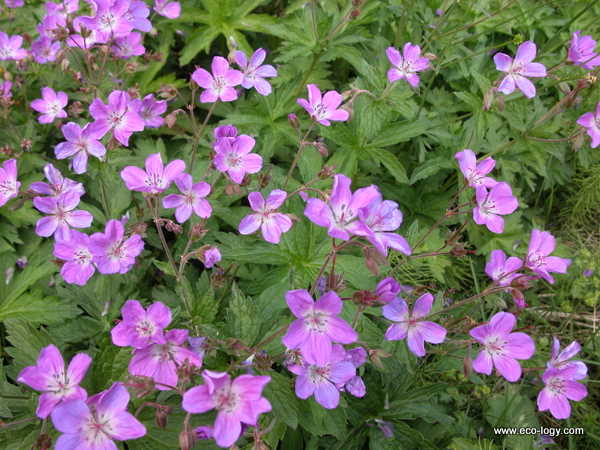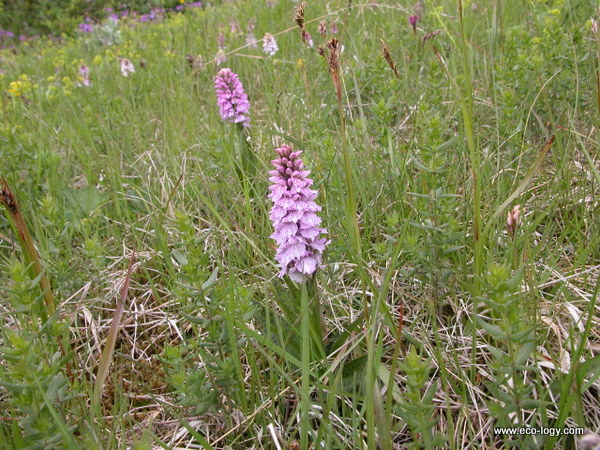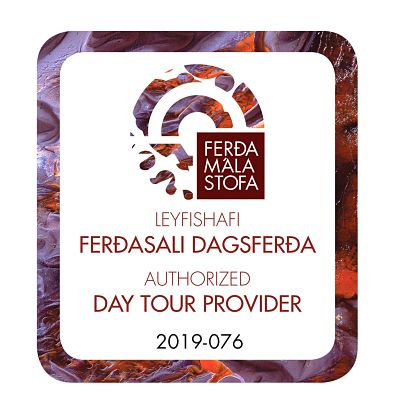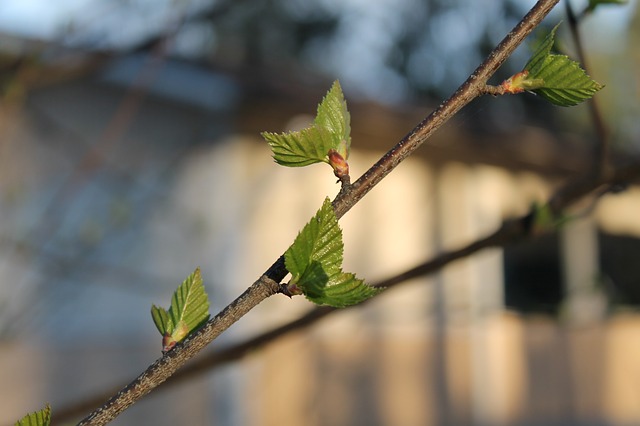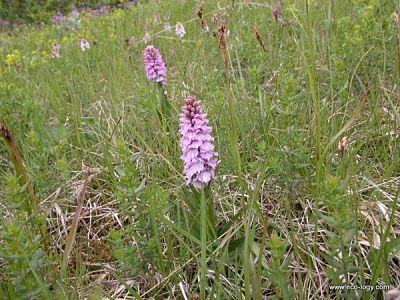Northern Birch Forest
The HIBECO project joins northern European researchers who study the sustainable living of the human population inhabiting the mountain birch ecotone. This is a fragile northern ecosystem and management plans must consider this. Comparative studies are conducted to examine factors ranging from the physical environment to socio-economic factors including land use of birch woodlands. Many northern birch woodlands are used as rangelands for domestic ungulates, both sheep and reindeer.
In Iceland and Greenland, project members are working closely with local sheep farmers to provide improved management options for birch rangelands. For the herbivory part of HIBECO, applied models will focus on herbivory (ungulates and insects), vegetation succession and climate factors.
The project should generate both general and functional models for the study of herbivory in the region. Comparative experiments are made to examine the responses of birch seedlings to browsing. Other experiments are conducted at a larger scale, comparing grazed and protected woodlands. Comparisons are made among sites with known ungulate management practices, including information on grazing pressure, season of grazing and land use history.
Studies both in Scotland and Iceland have shown birch to be the favored food plant of sheep, and circumstances may influence how much birch tissue sheep consume, for example they prefer soft, fresh tissue material and are more likely to feed on mountain birch and other woody species when more favoured food plants are not available. Responses of birch to browsing may depend on both intrinsic and extrinsic factors.
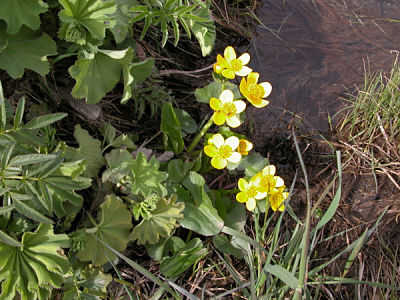
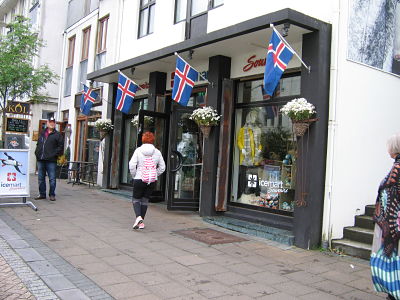

Fáðu nýjustu fréttir og tilboð frá Þund!
Get updates and special offers from Thund!


